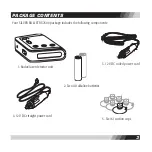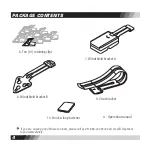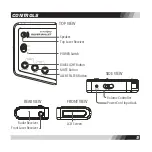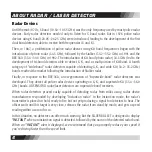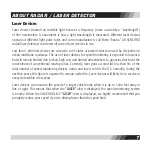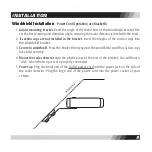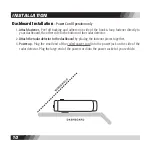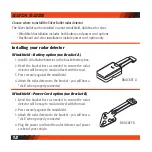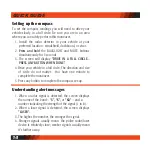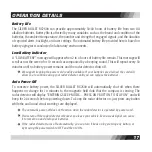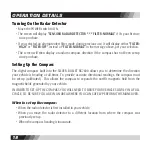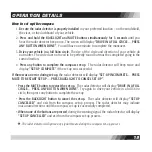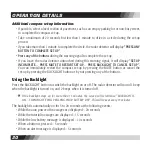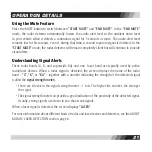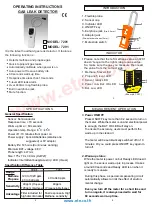
6
7
Radar Devices
Until the mid-1970’s, X band (10.50~10.55 GHz) was the only frequency used by most police radar
devices. Early radar detectors needed only to listen for X band radar. But in 1976 police radar
devices using K band (24.05~24.25 GHz) were introduced, leading to the development of the first
dual band detectors able to receive both frequencies (X and K).
Then, in 1987, a proliferation of police radar devices using KA band frequencies began with the
introduction of photo radar (34.3 GHz), followed by the Stalker (34.2~35.2 GHz) in 1991 and the
BEE 36A (33.4~34.4 GHz) in 1992. The introduction of KA band photo radar (34.3 GHz) led to the
development of tri-band detectors able to detect X, K, and a small portion of KA band. A fourth
category of “wide-band” radar detectors capable of detecting X, K, and wide KA (34.2~35.2 GHz)
bands reached the market following the introduction of Stalker radar.
Finally, in response to the BEE 36A, a new generation of “superwide-band” radar detectors was
developed. They detect all police radar devices operating on X, K, and superwide KA (33.4~36.0
GHz) bands. All SENSORO radar/laser detectors are superwide band receivers.
When radar detectors proved easily capable of detecting radar from miles away, radar device
manufacturers responded by developing “instant-on radar.” In the instant-on mode, the radar’s
transmitter is placed on hold, ready to fire but not yet producing a signal for detectors to hear. The
officer waits until his target is very close, releases the radar from stand-by mode, and gets a speed
reading within a second or so.
In this situation, no detector can offer much warning. But the SILVER BULLET is designed to display
“INSTANT”
when an instant-on signal is detected, followed by the name of the detected radar band.
When an
“INSTANT”
alert is displayed, we recommend that you promptly reduce your speed if
you’re driving faster than the speed limit.
ABOUT RADAR / LASER DETECTOR
Summary of Contents for SENSORO SILVER BULLET RX7600
Page 30: ...NOTES...



